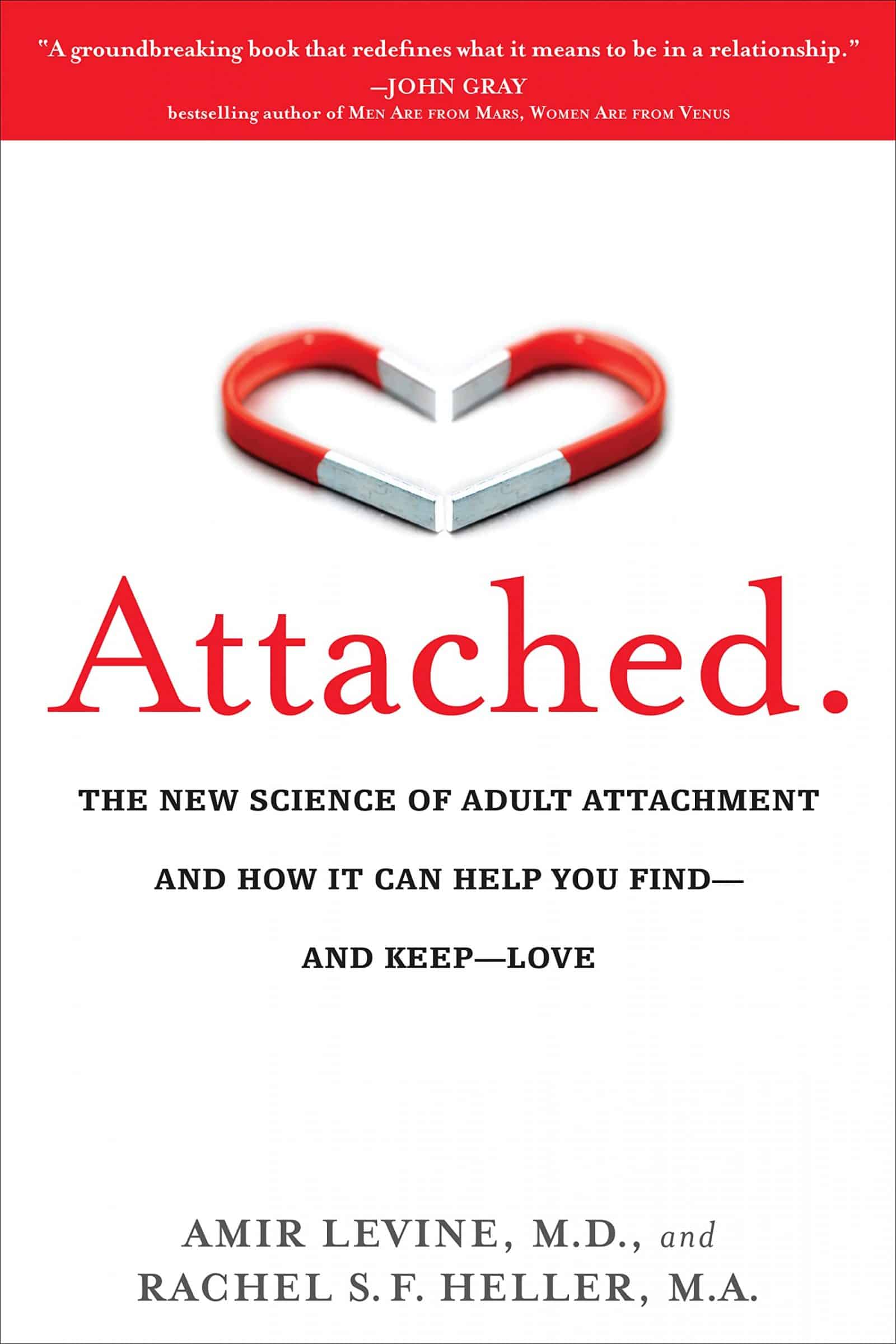
This is one of the first books I’ve read about relationships that made me jaw-drop at how accurately it described some of my past relationships. This was the first time I was learning about attachment styles and I honestly am amazed I never heard of them before. If you haven’t heard about attachment styles before, here’s what they are:
The 3 Attachment Styles
Avoidant
Those who fall under the avoidant attachment style tend to perceive themselves as “lone wolves”, strong, independent, and self-sufficient (almost to a fault). They do not want to depend on others or have others depend on them. They tend to avoid emotional closeness and are afraid of deep connections and commitment.
Adults with this attachment style tend to also hide or suppress their feelings in emotionally-dense situations and in their relationships.
Anxious
Anxious adults, think of their partners as their “better half” and can’t imagine living without their partner. Those with this attachment style can often have a negative self-image and look to others to fill their void. They seek approval, support, and responsiveness from their partners. This can cause worry and doubt that their partner isn’t as invested in the relationship as they are.
Secure
In contrast to the previous two (which we can categorize as “insecure” attachment styles), secure adults often feel comfortable expressing emotions openly and believe that they deserve love so they never worry about their partners being unavailable or unresponsive. They can depend on their partner and in turn, let their partners rely on them.
Secure attachment types thrive in their relationships but also love being on their own. They don’t irrationally fear abandonment and do not depend on the responsiveness or approval of their partners to have a positive view on themselves.
Actionable Takeaways
- No matter what attachment style you fall under, open, honest, and effective communication will ALWAYS be the saving grace of your relationship. Even though Avoidant types and Anxious types often attract, it doesn’t mean they are doomed. Relationships containing these two types can still flourish and grow with good communication.
- Be honest with what you want in a relationship both with your partner and with yourself. Express your needs from the start so there is no disappointment later on.
- Love should bring peace. If you’re in a relationship filled with push and pull and a rollercoaster of anxiety, passion, disappointment, and joy, that’s not real love. Your brain has been trained to think that this is what love is but it’s just familiarity because of past traumas.
- Secure attachment types often stay out of the dating pool once they leave it. The most common attachment type in the dating pool is avoidant as they tend not to stay in relationships for long.
- Secure attachment types risk staying in bad relationships for too long, in hopes that they can lift and change their partner. They also are at risk of being influenced by anxious or avoidant partners and become that as well.
- When anxious or avoidant types date secure people, they can change for the better and outgrow their anxious and avoidant tendencies.
Extras
5 secure principles for resolving conflict
- Show basic concern for the other person’s well-being
- Maintain focus on the problem at hand
- Refrain from generalizing the conflict
- Be willing to engage
- Effectively communicate feelings and needs
Verdict
This book gave me a greater understanding not only of my relationships but also of why I am the way I am in life. It’s helped me identify my own attachment style and provided advice and solutions that I can practice over time so I can build deeper and healthier connections within my relationships. It’s also helped me to understand my past partners more.
I’d highly recommend this book to anyone who’s looking to grow and develop deep connections in their own lives. Whether you’re looking for a relationship, currently in a relationship, or trying to understand why you DON’T want a relationship—this book will give you insights into it all.






